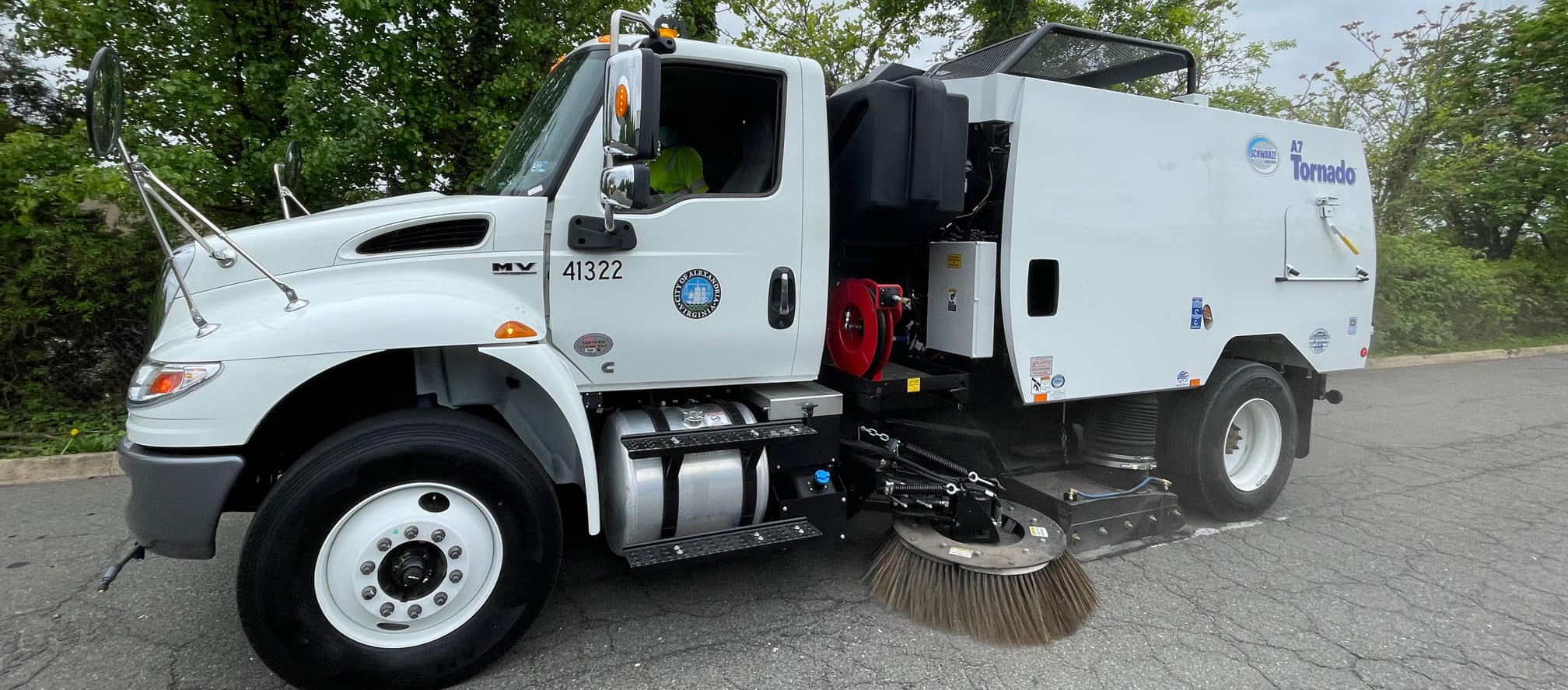Best Practices for Spring Street Sweeping
Spring is upon us, and street sweeping comes with it. Properly maintained streets and parking lots are key to keeping cities and towns safe and clean. Here are some of the best practices for spring street sweeping that will help you maximize efficiency and effectiveness.
Cleaning Frequency
The sweeping frequency depends on the debris removal type and the amount expected to accumulate over time. Generally, most residential neighborhoods should be swept at least monthly during spring. High-traffic areas like business districts may require more frequent weekly or daily attention.
Tools & Equipment
Having the right tools and equipment is essential to successful sweeping. Brooms and shovels can remove leaves, twigs, and small rocks from sidewalks. A pushing-type sweeper is often needed for wider roadways as it helps quickly remove larger debris, such as plastic bottles and food wrappers. Vacuum sweepers can pull up smaller particles in deep crevices that are difficult to access by hand or with traditional sweepers. Heavy-duty mechanical machines are sometimes needed to move large piles of debris from construction sites. It’s always best practice to use the correct tool for each job to ensure safety and accuracy in cleaning efforts!
Timing & Weather Conditions
Timing is everything when it comes to thriving street sweeping! During dry weather or drought conditions, streets should be cleaned more frequently than usual to prevent dust from accumulating on city surfaces. On days when rain is expected, keep any necessary equipment indoors so that moisture does not damage your machinery or interfere with cleaning efforts later on down the line.
Considerations During Cleaning Efforts
In addition to being mindful of timing, specific considerations should be taken while conducting street cleaning operations. Ensure all drivers know what areas need to be cleared before beginning work; this ensures that no one gets in each other’s way while completing their tasks efficiently! Also, pay attention to nearby structures like buildings, trees, and fire hydrants so that they don’t get damaged during sweeping operations; if possible, redistribute debris away from buildings or trees whenever possible rather than collecting them in one area where they could pose a hazard later on down the line! And lastly, use reflective clothing (like vests) when appropriate so that drivers know where you are working at all times!
These simple steps will help ensure efficient springtime street sweeping without any hiccups! Regular maintenance keeps our streets clean and promotes public safety—so let’s all join forces this season to make our communities beautiful!
